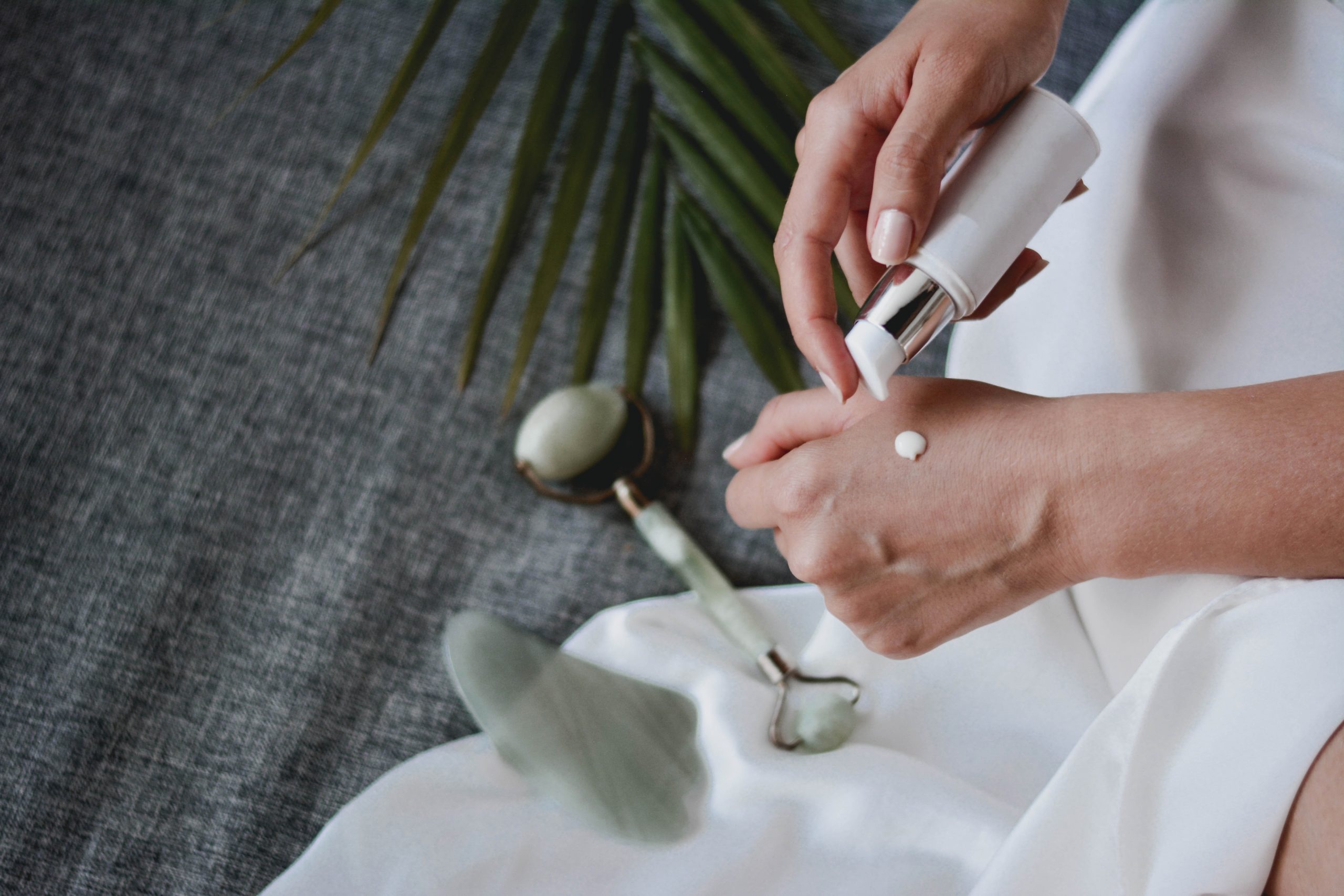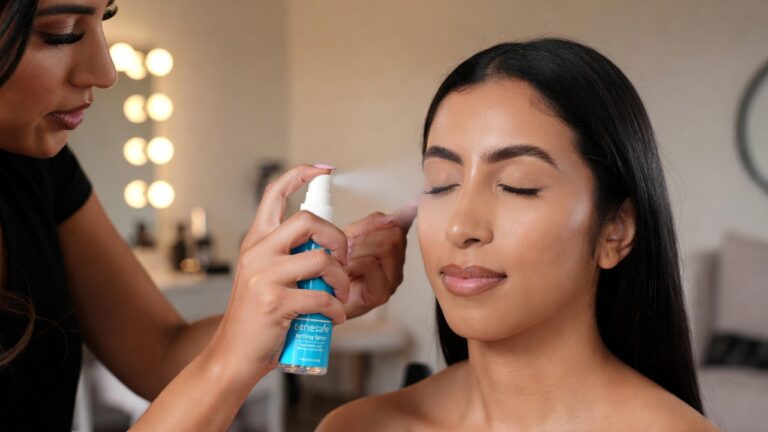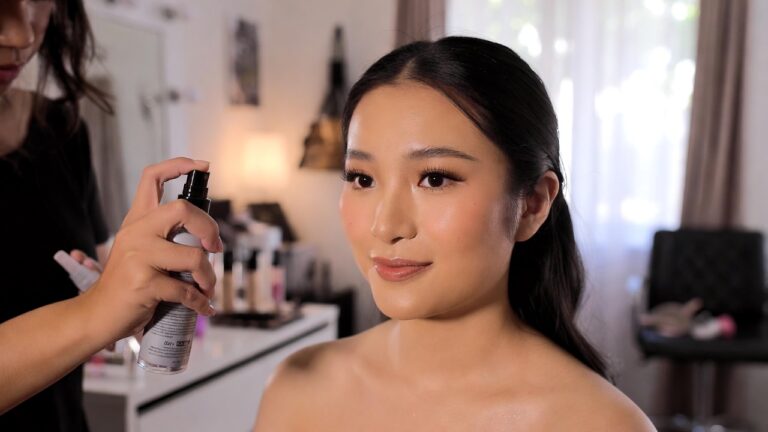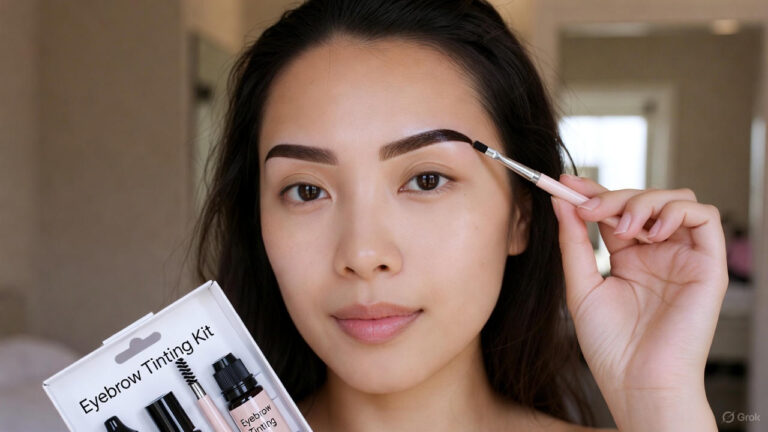Women use 12 personal care items every day on average, according to the Environmental Working Group (EWG), exposing themselves to 168 chemical compounds. Those are a lot of ingredients to put on our skin every day. And it doesn’t even account for the other chemicals, including pesticides, flame retardants, and air fresheners, to which we are probably exposed throughout the day.
On that topic, the following list includes several substances often present in skincare products but may not be restricted in all nations when this essay was created. Verify the ingredients in all of your existing cosmetics, and keep an eye out for them the next time you go shopping.
What Ingredients Are Not Safe?
Here are the 25 ingredients you should avoid in your skincare;
1. Aluminum
This toxic metal can mimic the effects of estrogen in our bodies and interfere with the endocrine system’s normal operation. Typically included in practically all personal care items, particularly antiperspirant deodorants.
2. Lead
Although lead is a naturally occurring substance, it may also be found in cosmetics like lipstick, eye shadow, blush, compact powder, shampoo, and even body lotions as an impurity.
No safe blood lead threshold has actually been found, despite the FDA’s efforts to restrict cosmetics with lead levels that are regarded to be “unsafe.” Additionally, there is compelling evidence that lead is a carcinogen. Additionally, high lead levels can harm a person’s neurological system, blood, and kidneys.
The bottom line is that it’s crucial to stay away from this chemical while doing skin care. Some lipsticks, eye shadow, blush, compact powder, shampoos, and body lotions include it.
3. ETDA (Ethylenediaminetetraacetic Acid)
This is a binding substance that is included in cosmetics to increase stability and lessen the reactivity of any metal ions that could be present. EWG gives EDTA a relatively low-risk rating, although it is warned that it frequently causes skin, eye, and lung irritations and may even be hazardous to your organs. Commonly found in moisturizers and hair colors.
4. Mineral Oil
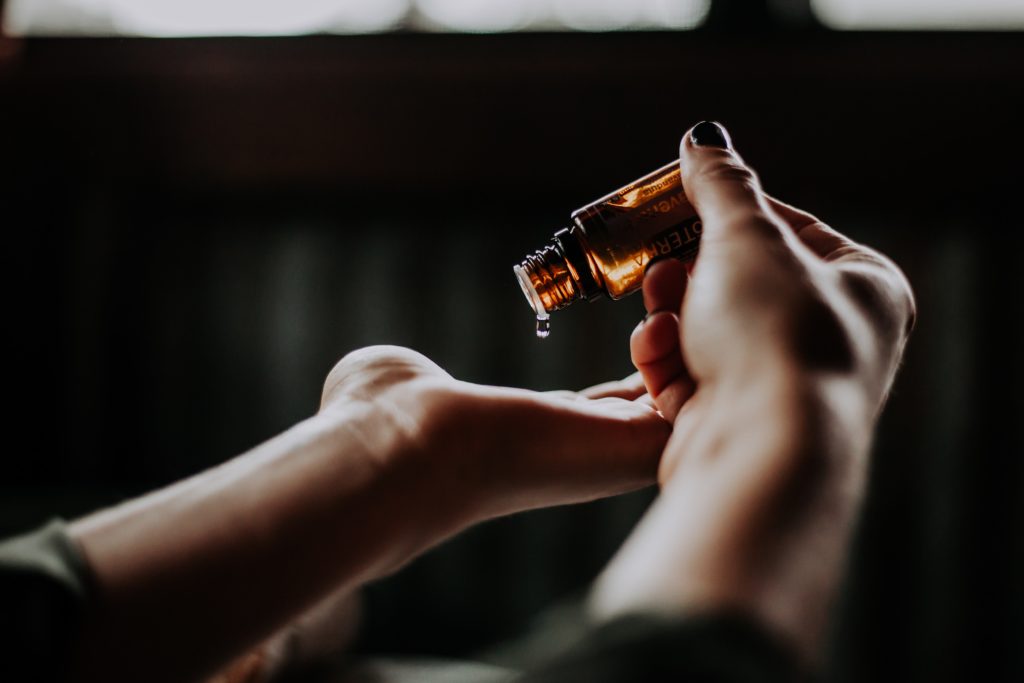
A by-product of petroleum that covers the skin like plastic and clogs the pores. This is extremely detrimental since it hinders the skin’s ability to get rid of pollutants, which makes acne and other conditions more likely. Typically found in cosmetics, creams, lotions, and ointments.
5. Octinoxate
Another frequent sunscreen component to avoid is this one. Octinoxate is suspected of being an environmental contaminant in addition to its reputation for generating cellular level alterations, organ toxicity, and disruption of the endocrine system. In fact, Hawaii has already taken action to restrict this sunscreen component. Mostly present in sunscreens
6. Ethanolamines- DEA (diethanolamine), MEA (Monoethanolamine), and TEA (triethanolamine)
Viscous, colorless liquids that are clear and smell like ammonia. Typically present in foaming goods like soaps and face cleansers. Additionally, they can be found in sunscreens, perfumes, hair products, and eye cosmetics.
7. BHA & BHT
These two components are artificial antioxidant stabilizers used to lengthen product shelf life. They are probably endocrine disruptors and carcinogens as well. And they could potentially harm the liver. Some lipsticks, moisturizers, diaper creams, and other cosmetics include it.
8. DMDM HYDANTOIN & UREA (Imidazolidinyl)
Such preservatives that often emit formaldehyde have been linked to headaches, joint discomfort, skin allergies, and insomnia. Typically present in cosmetics, detergents, shampoos, conditioners, and skincare products.
9. Hydroquinone
Over-the-counter medications frequently include the active component hydroquinone. It may also be found in perfumes and as a chemical skin lightener that prevents melanin production. In addition to being connected to cancer and skin irritations, it is identified as an organ toxicity risk. The most prevalent use is in skin-lightening lotions.
10. Coal Tar
As a byproduct of processing coal, coal tar is a recognized respiratory toxin, skin allergy, and carcinogen. Additionally, it can be found in anti-dandruff shampoos and hair dyes. Some shampoo and hair coloring include it.
11. Parabens (Methyl, Butyl, Ethyl, Propyl)
Preservatives that are not usually labeled are sometimes used without warning, which may cause hormonal instability. In practically everywhere, including in skincare items like moisturizers and deodorants.
12. Homosalate
This is another chemical that is frequently utilized in sunscreens as a UV absorber. While laws around octinoxate and oxybenzone are beginning to change, homosalate is still quite often utilized.
13. Toluene
A common component of nail polish, a petrochemical solvent, and a painkiller. Toluene is associated with a variety of contamination issues, including irritation to the skin, eyes, and lungs, toxicity to non-reproductive organs, and the potential for birth abnormalities. Mostly present in nail polish
14. PEG (Polyethylene glycol)
This substance can change and lower the skin’s natural moisture content. It thickens goods and modifies the melting point. Typically present in cleansers to dissolve grease and oil.
15. Phthalates
These chemicals used to make plastics more flexible and durable aren’t frequently listed among the product’s ingredients. Typically identified as “fragrance” and present in cosmetics like fragrance oils.
16. Teflon
Teflon is one particular PFA that deserves special attention; it is the trade name for Polytetrafluoroethylene (PTFE), which is occasionally applied to cosmetics to enhance texture. But it is connected to hormone disruption and reproductive problems, just as other PFAs.
17. Propylene Glycol (PG) & Butylene Glycol
These hydrocarbons are gaseous in the gaseous state yet liquid in the liquid state. They can weaken the protein and cellular structure and quickly penetrate the skin. Typically employed to create herbal extracts.
18. Resorcinol
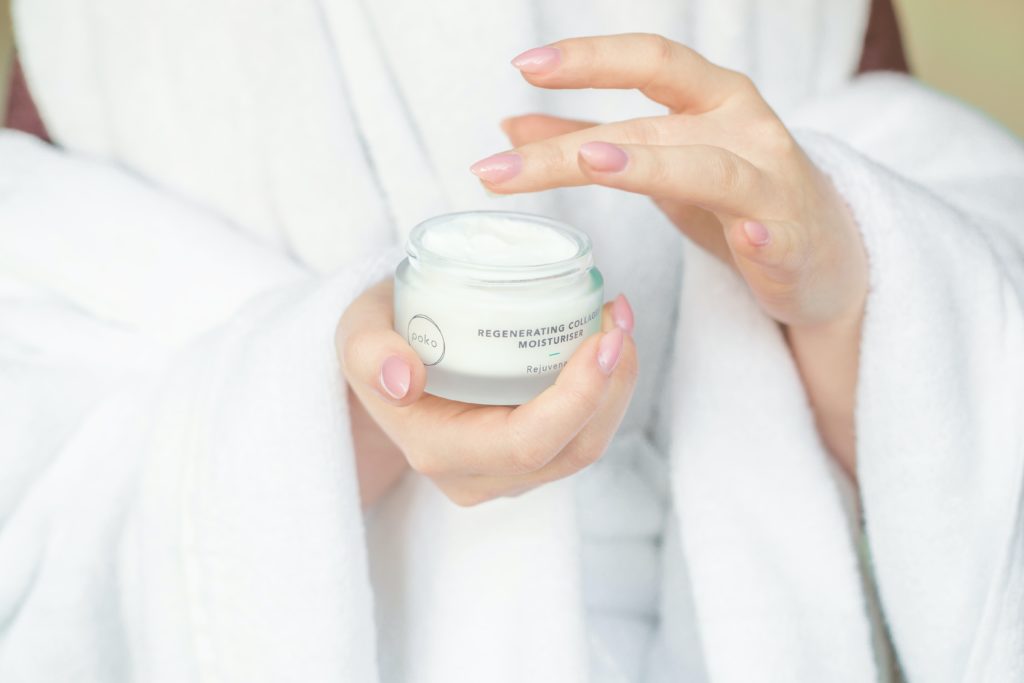
This frequent element in hair coloring and bleaching products has been related to immune system problems and skin irritability. Resorcinol can impair normal thyroid function in animal studies.
19. Siloxanes
Look for ingredients with the suffix “-methicone” or “-siloxane.” used to soften, smooth, and moisturize a variety of cosmetic products. Suspected reproductive toxin and endocrine disruptor (Cyclopentasiloxane). These substances are harmful to wildlife, including fish.
20. Oxybenzone and Avobenzone
These typical sunscreen components have a lot of information to learn. For instance, evidence suggests that they may affect hormones and cause a range of skin sensitivities, allergies, and irritations. Additionally, the FDA has pointed out that there are a few data gaps with regard to these chemicals.
According to the U.S, both of these are among the 12 permitted sunscreen filters. However, almost all of these [16] sunscreen-active compounds… have minimal or no evidence describing their absorption. Mostly found in moisturizers and sunscreen.
21. Sodium Lauryl Sulfate (SLS) and Sodium Laureth Sulfate
This is the detergent that causes items to bubble, foam, and lather. Typically included in 90% of foaming personal care products!
22. Carbon Black
This pigment, which is frequently found in mascara and eyeliner, has been identified by the EWG due to its potential connection to cancer when inhaled. For what it’s worth, the FDA has placed some restrictions on the dosages allowed, but it’s still extensively used in cosmetics sold in stores all over the world.
23. Synthetic Fragrances
Anything synthetic or artificial should always be viewed with suspicion. You never know what you are really exposed to because they include hundreds to thousands of different components that are not specified on the label.
Typically included in a variety of home products, including candles, air fresheners, and scented garbage bags, in addition to cosmetic and skincare items.
24. Benzalkonium Chloride
Most frequently used as a preservative and surfactant, this chemical is a disinfectant. Although it’s most likely in your domestic cleaning goods, it has also found its way into personal care items like moisturizers and deodorant. According to research, this chemical can cause severe allergies and irritants in the eyes, skin, and lungs.
Additionally, repeated use of antimicrobials like this one may result in the come outnce of germs that are resistant to treatment in your house. Deodorants, moisturizers, and sunscreens include it.
25. Triclosan and Triclocarban
Skincare products and home cleaning supplies commonly contain the antibacterial agents and preservatives triclosan and triclocarban (yuck!). This chemical, as one might anticipate, irritates the skin, eyes, and lungs. Additionally, research points to bioaccumulation as being caused by repeated exposure.
Both of these substances have the potential to be endocrine disruptors and have an effect on the toxicity of both reproductive and non-reproductive organ systems. Most frequently found in toothpaste, soap bars, and liquid soap.
Conclusion
Check the labeling on the product’s back. What substances are being used? The Environmental Working Group (EWG) has researched hundreds of brands and chemicals and categorized them in their “Skin Deep Database” if you’re unsure whether a product or chemical includes dangerous elements. The Think Dirty App, Safe Cosmetics, and Made Safe are a few further websites to look into.
